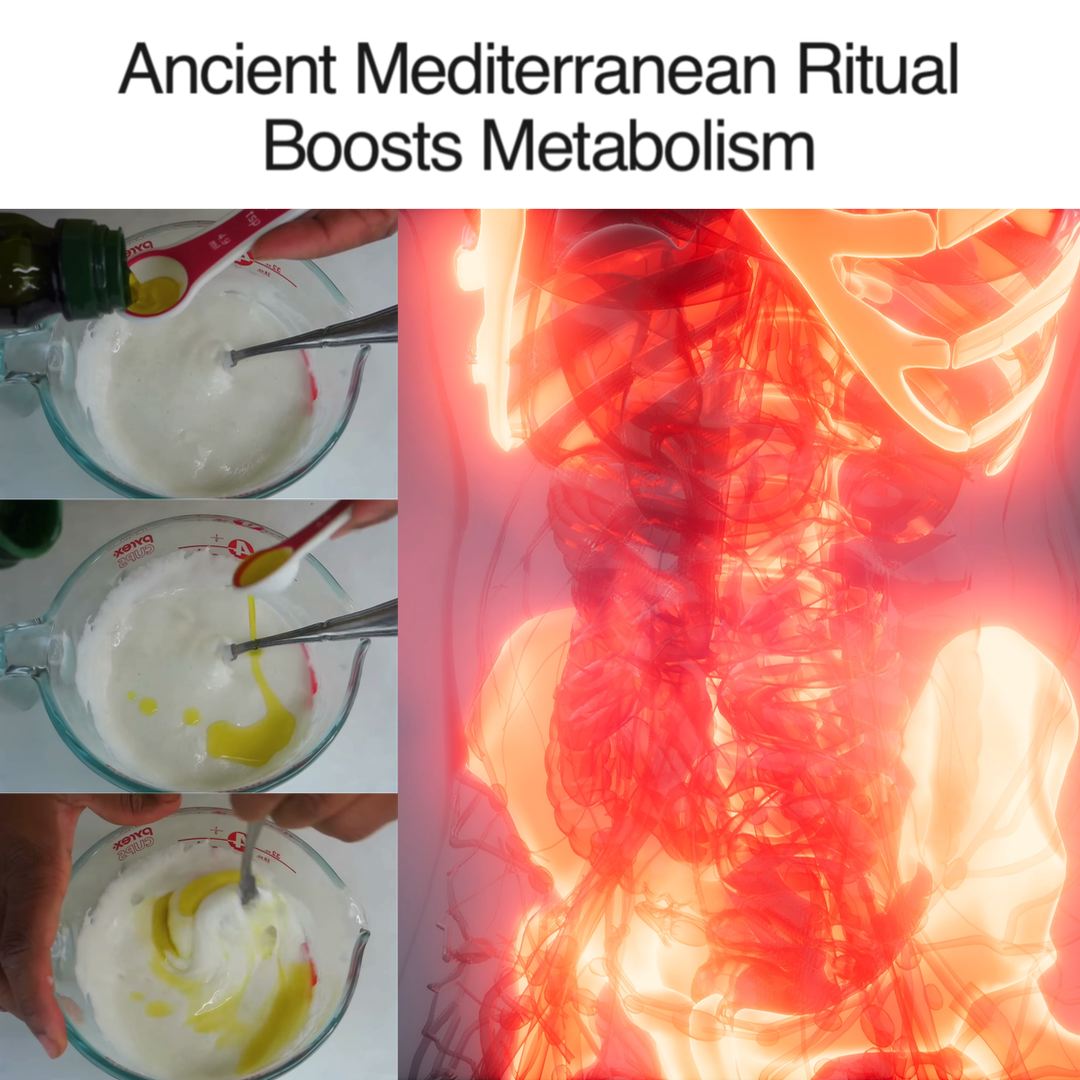
Have you ever noticed how older adults tend to move more slowly than younger people? It’s a common observation, but why does it happen? Understanding the reasons behind this phenomenon can help us appreciate the changes our bodies go through as we age and inspire us to adopt healthier habits. Let’s explore the key factors that contribute to slower movement in older adults.
Muscle Mass Decline
One of the primary reasons for slower movement as we age is the decline in muscle mass, a condition known as sarcopenia. Sarcopenia involves the gradual loss of muscle strength and function, which can start as early as our 30s and accelerate after the age of 60. Studies show that we can lose about 3-8% of our muscle mass per decade after turning 30, and this rate increases further in our later years. This reduction in muscle mass affects our strength, balance, and overall ability to move quickly and efficiently.
Joint and Bone Health
Aging also affects our joint flexibility and bone density. As we get older, the cartilage that cushions our joints tends to wear down, leading to stiffness and discomfort. Conditions like arthritis become more common, causing pain and reducing our range of motion. Additionally, our bones lose density over time, making them more fragile and prone to fractures. Osteoporosis, a condition characterized by weakened bones, is particularly common among older adults and significantly impacts mobility.
Neurological Changes
Our nervous system plays a crucial role in movement, and it too undergoes changes with age. As we get older, the speed at which our nerves transmit signals to and from the brain slows down. This can lead to slower reflexes and reaction times. The brain itself may experience a reduction in size and function, further affecting our coordination and balance. These neurological changes make it harder for older adults to move quickly and respond to their environment as they once did.

Cardiovascular Health
The heart and blood vessels are not immune to the effects of aging. Over time, the heart may become less efficient at pumping blood, and the blood vessels can stiffen, leading to reduced blood flow. This decreased cardiovascular efficiency means that less oxygen and nutrients are delivered to our muscles during physical activity, resulting in quicker fatigue and slower movement. Maintaining good cardiovascular health is crucial for sustaining mobility as we age.
Metabolic Slowdown
Our metabolic rate, or the rate at which our bodies convert food into energy, naturally declines with age. This slowdown can lead to lower energy levels and reduced physical performance. With a slower metabolism, older adults may find it harder to stay active and maintain their previous levels of physical fitness. This reduction in energy can contribute to a more sedentary lifestyle, further exacerbating the decline in movement.
Hormonal Changes
Hormones play a vital role in maintaining muscle mass and overall physical function. As we age, levels of key hormones such as testosterone and estrogen decline. Testosterone is crucial for muscle growth and strength, while estrogen helps maintain bone density. The reduction in these hormones can lead to decreased muscle mass, weaker bones, and overall reduced physical capacity. Hormonal changes are a natural part of aging but can significantly impact our ability to move efficiently.
Lifestyle Factors
While biological changes are inevitable, lifestyle factors also play a significant role in how we age. Regular physical activity, a balanced diet, and healthy habits can help mitigate some of the effects of aging. Engaging in strength training and flexibility exercises can preserve muscle mass and joint function. Eating a nutrient-rich diet supports overall health, while avoiding smoking and excessive alcohol consumption can protect cardiovascular health. Staying active and making healthy choices can make a big difference in maintaining mobility.
Slower movement is a natural part of aging, influenced by a combination of muscle mass decline, joint and bone health, neurological changes, cardiovascular efficiency, metabolic rate, hormonal levels, and lifestyle factors. Understanding these changes can help us make informed choices to promote better mobility and overall health as we age. By adopting a healthy lifestyle and staying active, we can embrace the aging process and continue to enjoy a high quality of life.














